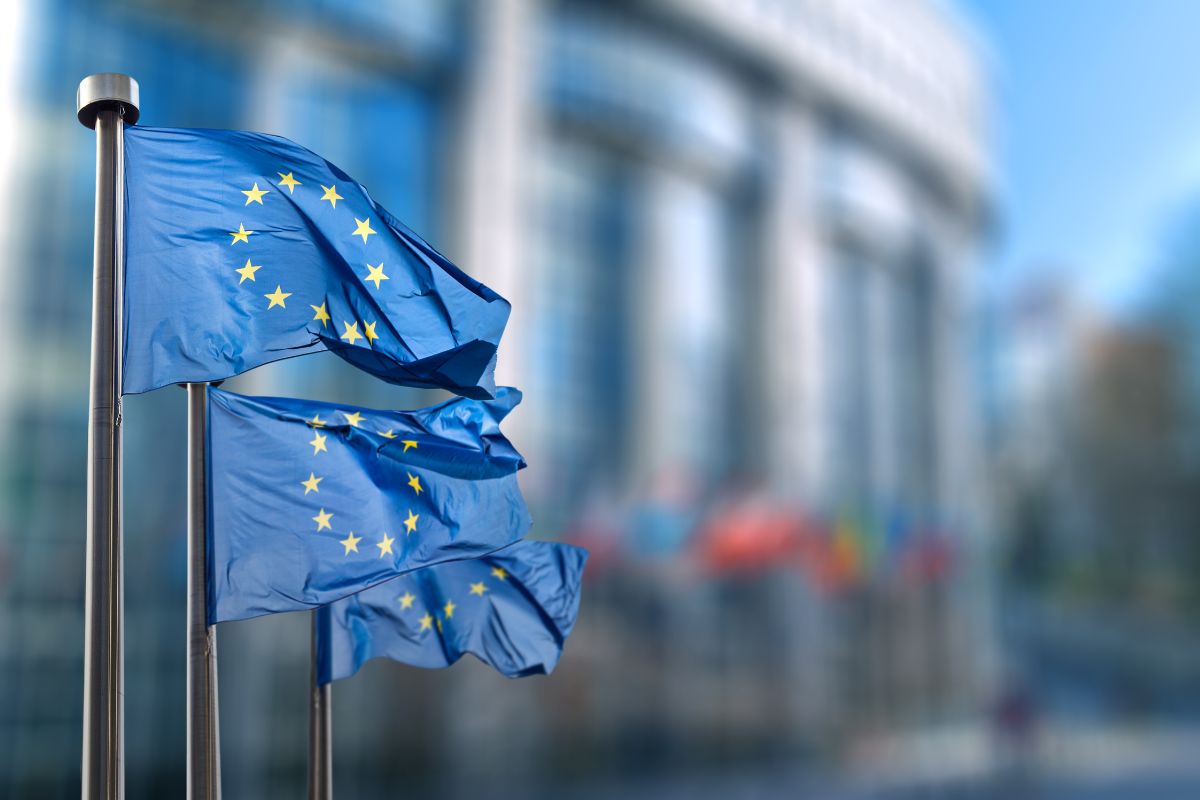The countdown to the European elections has begun. Elections for the European Parliament take place 6-9 June 2024. In every EU country candidates will stand for one of the 720 seats up for grabs in the Parliament in Brussels, each country has a fixed number of seats available depending on the size of the population with Germany having the largest at 96 and the smallest country, Malta, having only 6. This is the tenth election since the foundation of the European Parliament in 1979 and promises to be one of the most contentious given the rise in popularity of right-wing parties all across the EU.
Since the last election there has been an increase across Europe of such populist parties in power in countries like Hungary, Italy, Sweden and Finland. It will also be the first election to be held since Brexit and the political repercussions of the separation of the UK from the bloc will finally be fully resolved after the redistribution and elimination of some of their seats thus changing the numbers needed for a parliamentary majority. Regardless of the internal political machinations however, The European Parliament continues to represent the best democratic system for the incredibly complex political landscape of the EU and its 27 members. This event is a good opportunity to speak about the European Union in class.
Extra material for teachers and students Learning Corner (europa.eu)
Lower levels
WHAT IS THE EUROPEAN PARLIAMENT AND HOW DOES IT WORK? 20mins
WARM UP (5min.)- Brainstorming “European Parliament”
Introduce new words such as democracy, voters, to matter, budget
WATCH THE VIDEO (5min)
How the European Parliament works – Multimedia Centre (europa.eu)
Ask your students to give a brief description of the European Parliament
WATCH THE VIDEO AGAIN (10 min)
Answer the following questions:
- How many members are there in the European Parliament?
- What does the European Parliament do?
- How is it elected?
THE EUROPEAN UNION THROUGH ART 30mins
WARM UP (5min) – Brainstorming “Contemporary art”
Introduce new words such as sculpture, steel, metal, maze
WORK WITH ARTWORKS (15min)
Françoise Schein < Ideoglyphe Européen > (1988)
Oliver Strebelle < Confluences > (1989)
- Describe what you see
- Consider the titles of these artworks, what do they mean?
- What European values do they represent?
For teachers:
- Ideoglyphe Européen – Collezione d’arte contemporanea (europa.eu)
- Confluences – Collezione d’arte contemporanea (europa.eu)
Higher levels
EDU BOX
EDUbox is an innovative interactive educational format provided by The European EDUmake. Through debates and engaging activities, this EDUbox leads the students towards a deeper understanding of the European elections.
EDUbox Politics: Pagina politics (vrtnws.be)
EUROPE THROUGH STATISTICS
Start speaking about the EU with an IELTS Task 1 based on EU statistics available at Home – Eurostat (europa.eu)
EU PIONEERS WEBQUEST
From politicians to common people, discover the story of the people who helped forging the EU.
WARM UP (5min) – Brainstorming “the beginning of EU”
Introduce new words such as treaty, pioneer and struggle
WEBQUEST (1HOUR)
- Divide the class into 4/5 groups
- Give each group a pioneer
- Winston Chruchill
- Alcide De Gasperi
- Louise Weiss
- Konrad Adenauer
- Anna Lindh
- Let each group research
- Each group will prepare a brochure/presentation/poster/digital poster to present the pioneer to the class


